Home textiles are all about warmth, coziness, and beauty, especially in styles that emphasize their abundance, such as the Provence style that embodies the refined simplicity of the French countryside. An abundance of fabric is a must-have for this type of interior, and we will gradually delve into how to choose it. Let’s start right now with Provence-style curtains!
Key Features of the Style
The Provence style began to take shape in the 17th century when the heavy and cumbersome urban classicism began to tire everyone out. People began to look for peace, tranquility, and serenity, and found it away from the city on rural expanses. How could anyone resist the azure sky, fragrant lavender fields, and warm playful sunbeams?
Provence can be very diverse, but it always has common features. Ready-made interiors are so expressive that even people who are far from the world of design can easily recognize them. You will need a delicate pastel color scheme, natural fabrics, natural textures, small floral and botanical motifs, as well as all kinds of decor.
Handmade work and exclusivity are highly valued in Provence, so embroidered curtains, self-made tiebacks, carved cornices, wrought-iron decorations, aged furniture, and other attributes are very appropriate here. And, of course, soft and calm shapes without sharp or deliberately rough details are a must.
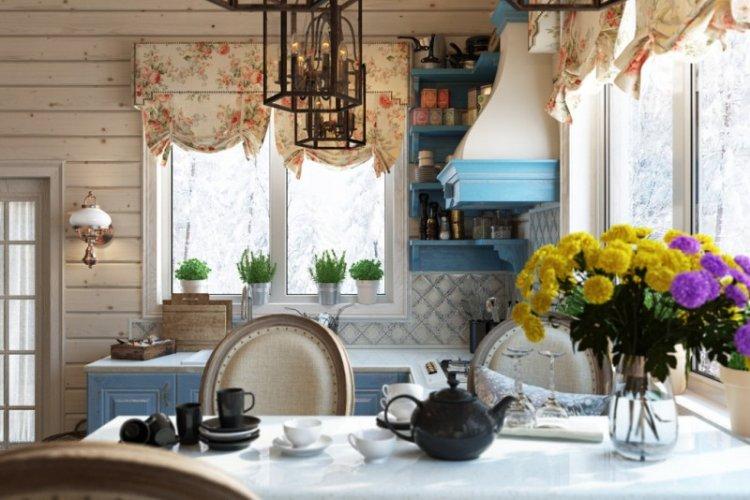
Types of Curtains for Provence Style
There are now many different types of curtains available, in addition to the usual hanging panels. In Provence style, almost any type of curtain can work since the focus is on the textile, patterns, and decorations. Here are some interesting options!
Roman Shades
If you have limited space in your room and don’t want to clutter it with bulky fabric panels, compact roller shades are a great choice. Roman shades fit snugly against the window, provide good sun protection, and take up little space. Plus, you can add a blackout lining for a bedroom, nursery, or overly sunny kitchen.
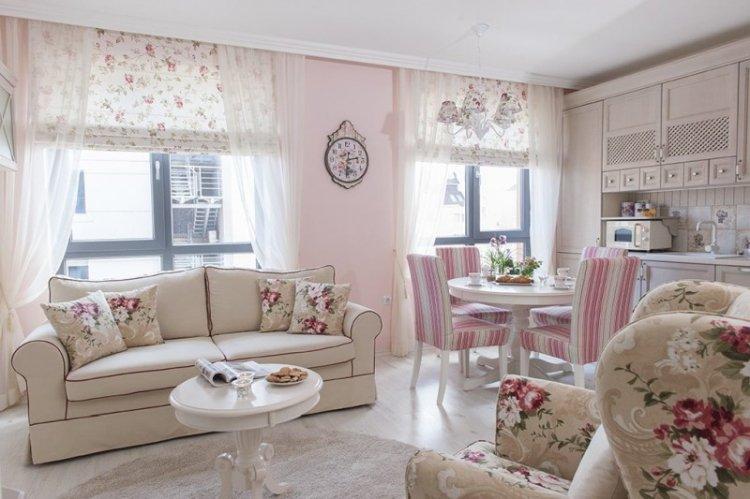
For those who love non-traditional solutions, cafe curtains are a great option. The rod is attached right in the middle of the window, which is not the most common option, so you’ll surely surprise your household and friends. These curtains create a cozy atmosphere, provide even diffused light, and look light and airy.
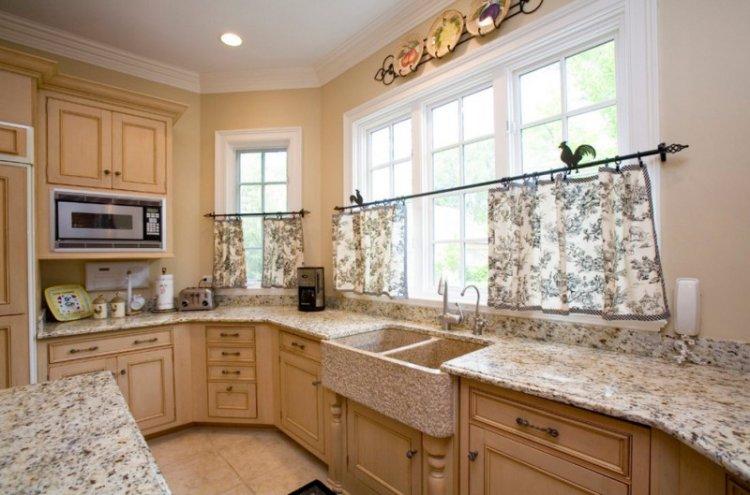
French Curtains
What could complement the inherently French Provence style more naturally and effortlessly than French curtains? The fabric hangs down along the window and is gathered into light decorative folds throughout its length. The elegant round waves will perfectly complement the interior and add a festive atmosphere.
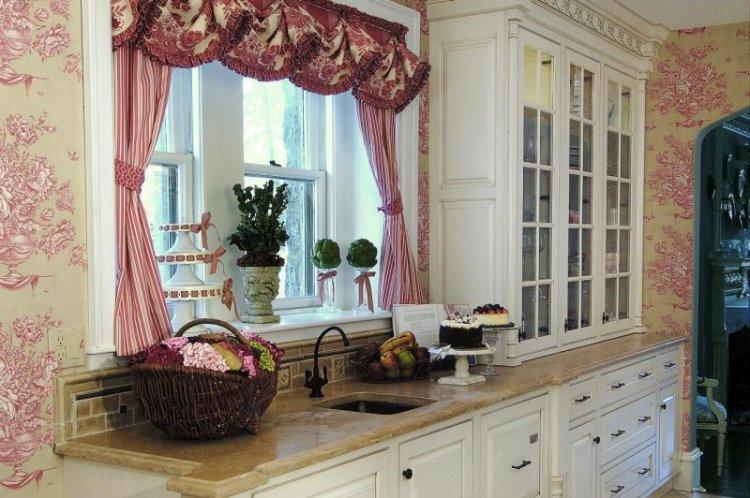
Swag Curtains
Instead of the usual two-panel curtains, you can create elegant swag curtains. They are connected at the top and spread out to the sides, creating a unique criss-cross effect. However, don’t choose a too heavy or dense fabric for them, as it will look too bulky and dark.
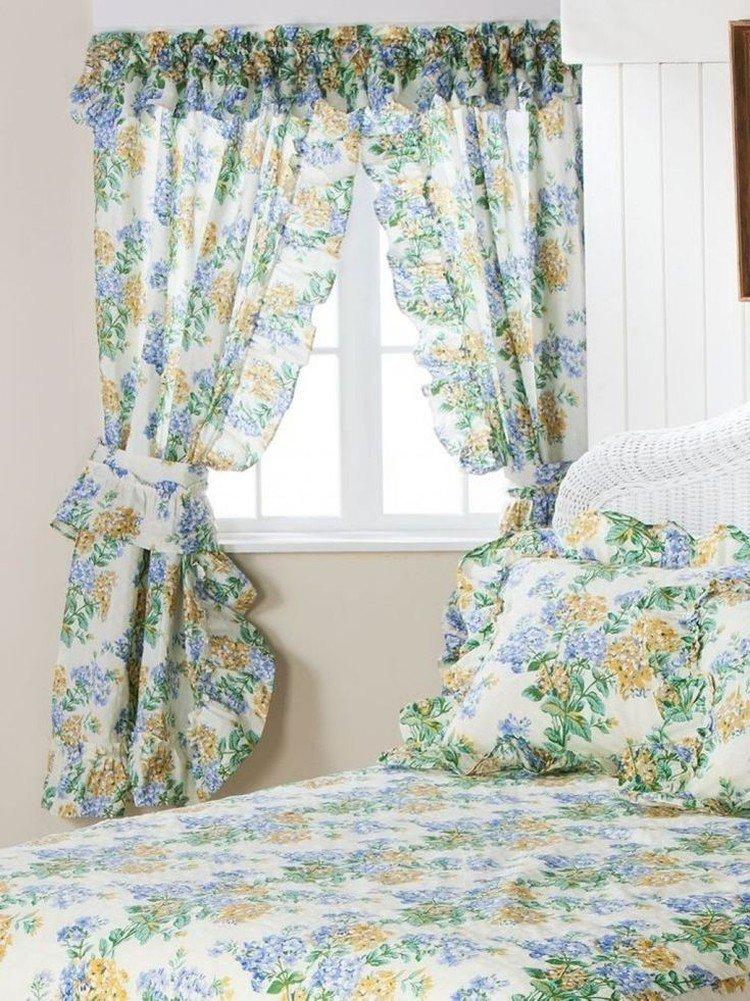
Italian Curtains
Another way to use traditional curtains is to make them non-drawable. Italian curtains don’t move along the rod; instead, the window is opened by means of tiebacks and side holders. They work well in Provence style since they perfectly match lambrequins, tassels, loops, and other decorative elements.
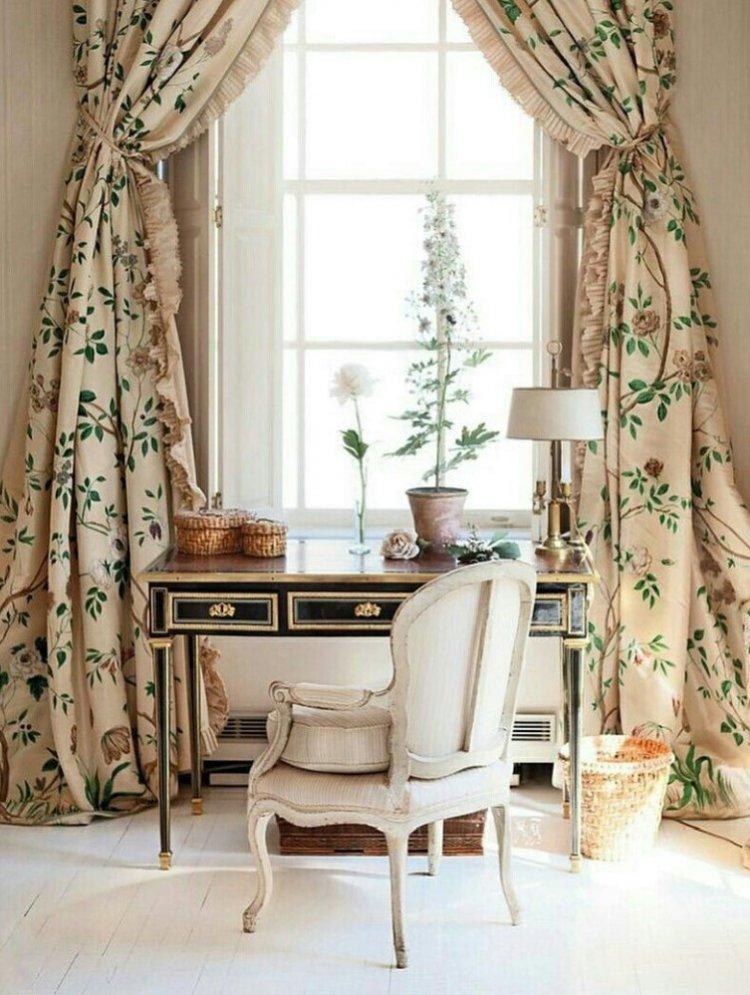
Mounting Methods
Let’s start with roller shades – they are mounted in the same way, snug against the window. The fabric has guides or cords passing through it to help fold, stack, or gather it into pleats. Smooth Roman shades also have weights sewn into the bottom, and some models can be controlled with a remote.
Standard methods for hanging vertical, freely hanging curtains include clips, rings, or grommets. Clips are more convenient since they’re easier to remove and attach for washing, but grommets are sewn evenly into the curtain itself, forming neat, even folds, even with heavier fabrics.
Provence style leans toward decorative solutions: ribbons, bows, and various ties. You can attach curtains with ties or pre-made loops. For delicate tulle and lace curtains, a standard curtain rod pocket will work – and by the way, it’s the quietest method.
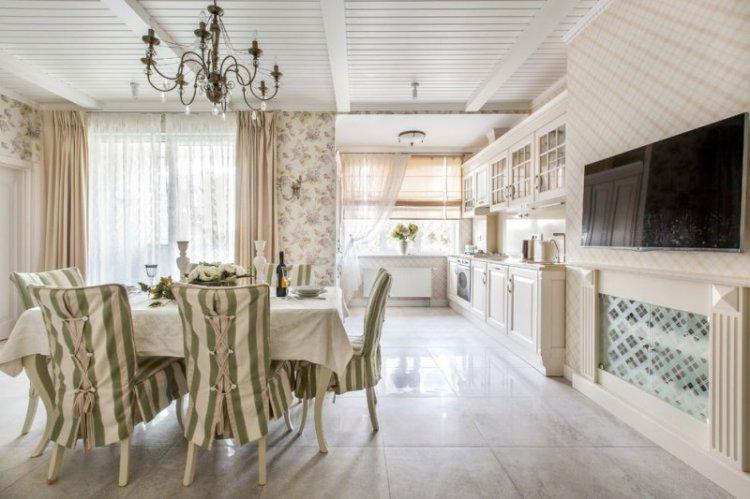
Which Fabric to Choose?
Provence style is well-suited to natural textiles with expressive textures, but there are nuances to consider. When choosing curtains, consider where they will be used since conditions in the bedroom, nursery, and living room differ significantly. Let’s examine the main characteristics of each type!
Natural Fabrics
Cotton, linen, wool, and even silk – you can’t go wrong with any of these in Provence style. They are eco-friendly, beautiful, allow air to circulate, and create a healthy microclimate in the room. However, natural textiles are always more difficult to care for: they don’t handle constant washing as well, wrinkle more easily, and wear out faster. Although there are now special treatments available that can alleviate some of these issues.
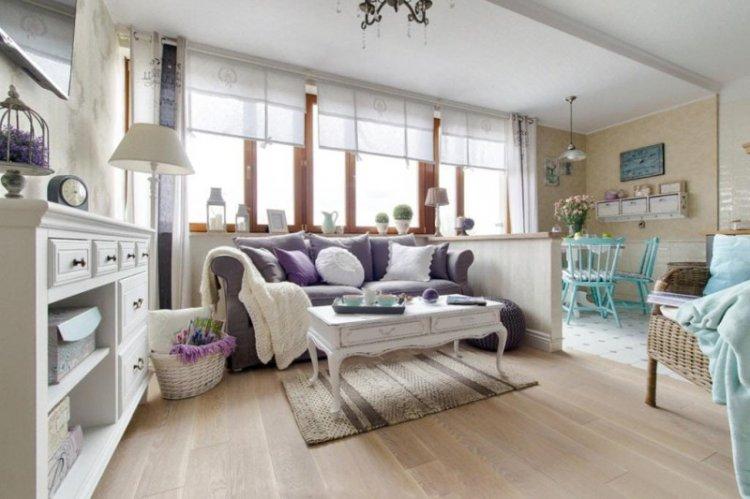
Synthetic Fabrics
Synthetics are always man-made, so it’s more difficult to talk about their naturalness and eco-friendliness. They’re mostly different types of polyester in varying finishes. They are stronger, more durable, easy to wash, don’t wrinkle as much, don’t retain odors, can be dyed in any color, and withstand intense use better. However, synthetic fabrics don’t allow air to circulate as well, can become static, and are more flammable.
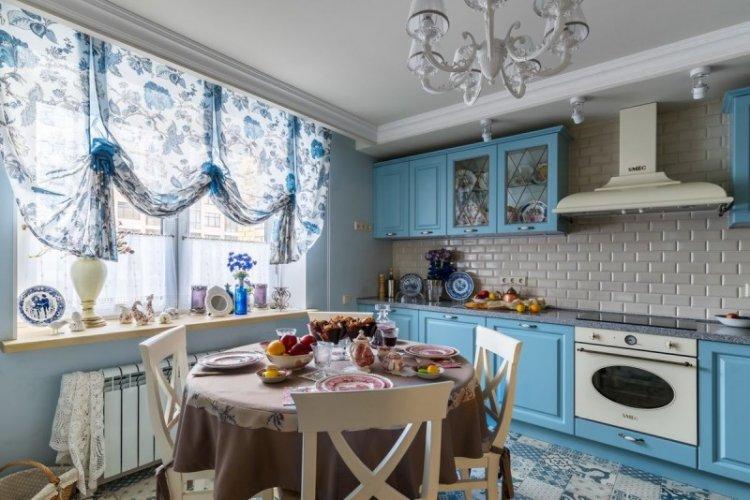
Blended Fabrics
Manufacturers have managed to combine the advantages of natural textiles with the durability of synthetic fibers. Almost all popular interior textiles are blends – modern velvet, artificial silk, organza, jacquard. The characteristics of a particular fabric depend on its composition and weave, so be sure to read the label.
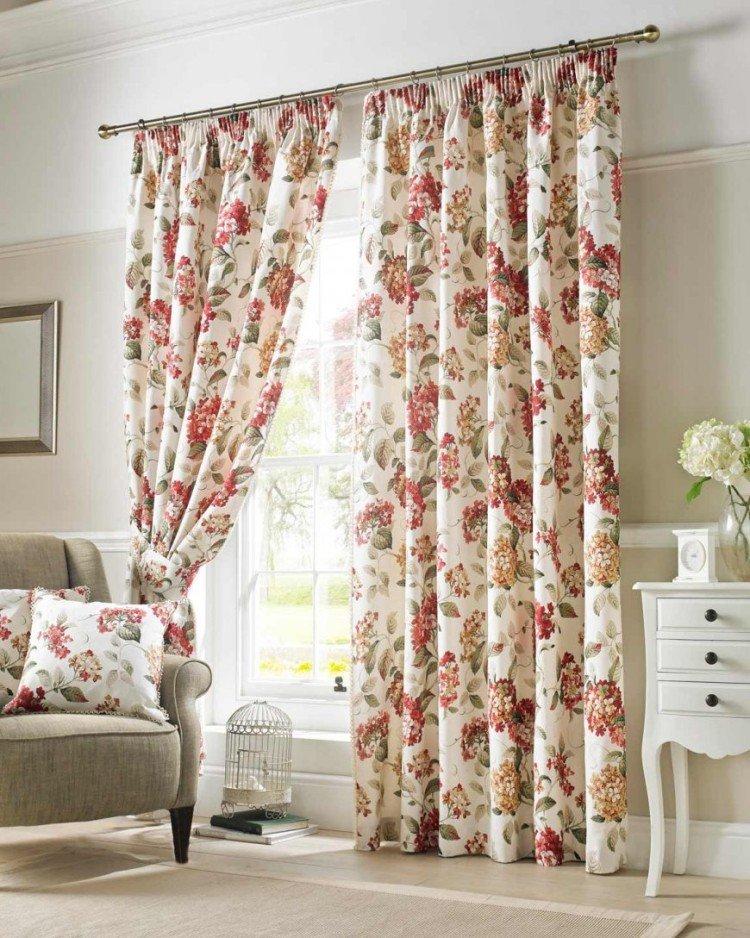
Drawings and Color Schemes
Provence is always characterized by a restrained, light, and delicate color palette. All shades are bleached and subdued, as if sun-bleached. But there is a big advantage to this – they easily blend together, with white, black, and wooden finishes.
Curtains with Floral Prints
A solid color in Provence is not a frequent guest, as the whole style is built on intentional decorative elements and even “doll-like” features. Floral motifs – both large blossoms and small, barely noticeable patterns – perfectly complement this style. Let them be combined with fragments of walls, decorative pillows, blankets, or wall hangings.
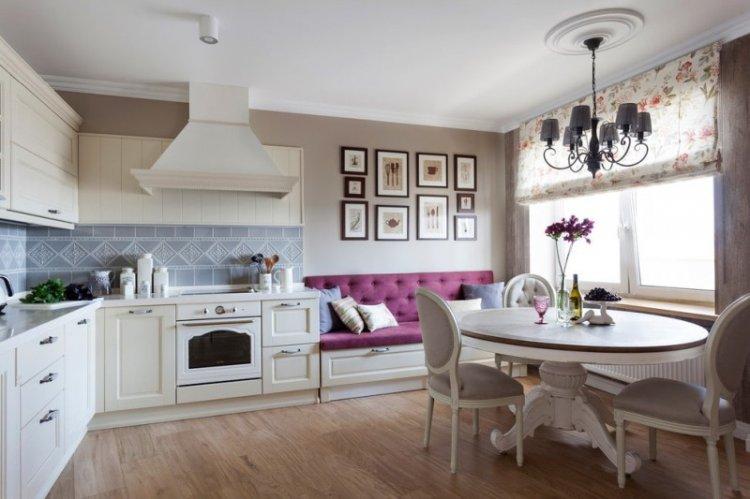
Curtains with Birds and Animals
If floral and plant motifs become boring, turn to wild fauna. Just choose stylized images instead of photorealism. Use pastel or oil drawings for inspiration, as well as the works of impressionists.
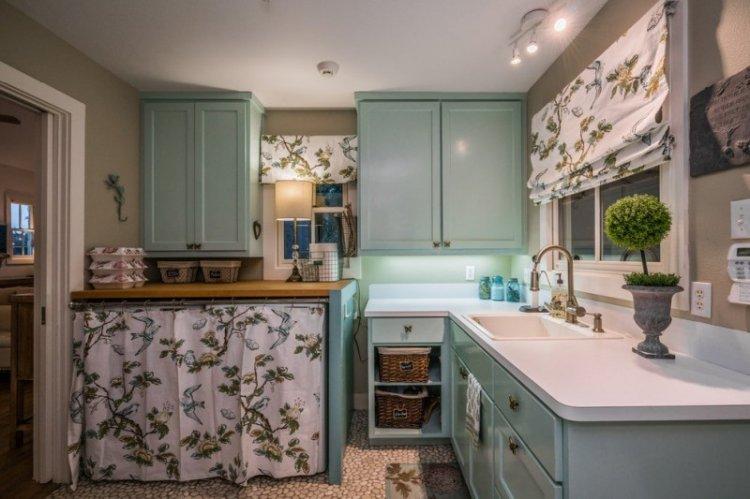
Curtains with Geometric Patterns
Although strict expressive geometry is not typical for elegant Provence, some of its elements will look very appropriate here. Pay particular attention to checkered or polka dot curtains. Vertical stripes visually raise the ceilings, while horizontal stripes visually enlarge the window opening.
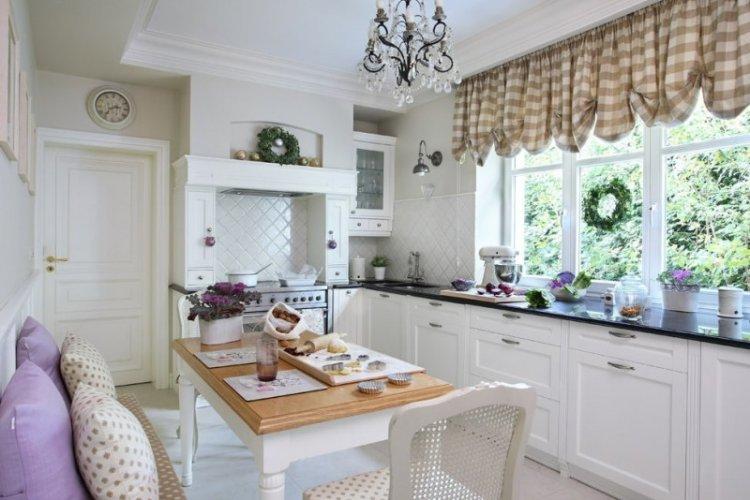
How to Properly Combine?
Textiles are one of the most important components of all rural interiors. It is not just a separate decoration but a full-fledged functional element. Therefore, it is logical that curtains, which inevitably attract attention, should be combined skillfully with other interior details.
Curtains with Furniture
Provencal curtains can be interestingly combined with the upholstery of soft furniture, using a similar color palette or motifs. Individual elements match well with decorative pillows, blankets, or kitchen textiles. And don’t forget to pay attention to the curtain rod, so that it matches with the cabinets, shelves, and overall interior.
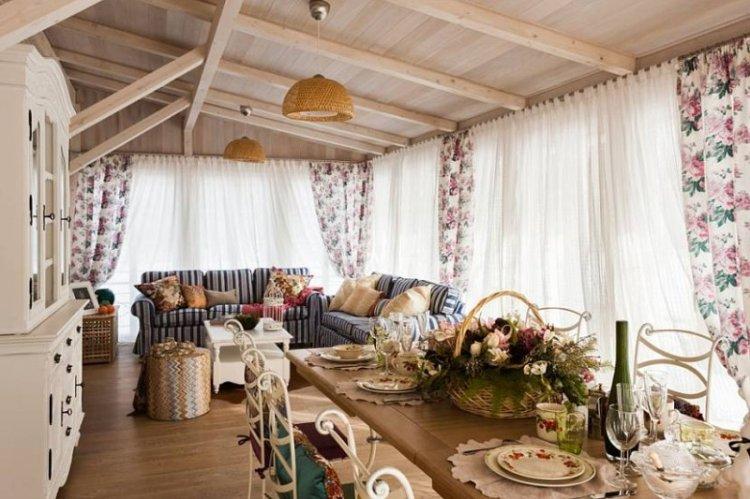
Curtains with Wallpaper
The main rule is not to choose curtains that are the same tone as the wall covering, otherwise, the room will be too monotonous. Even modest minimalism requires accents, not to mention Provence! But if you want to use similar colors, leave a minimum difference of several tones – and it’s better for the curtains to be darker.
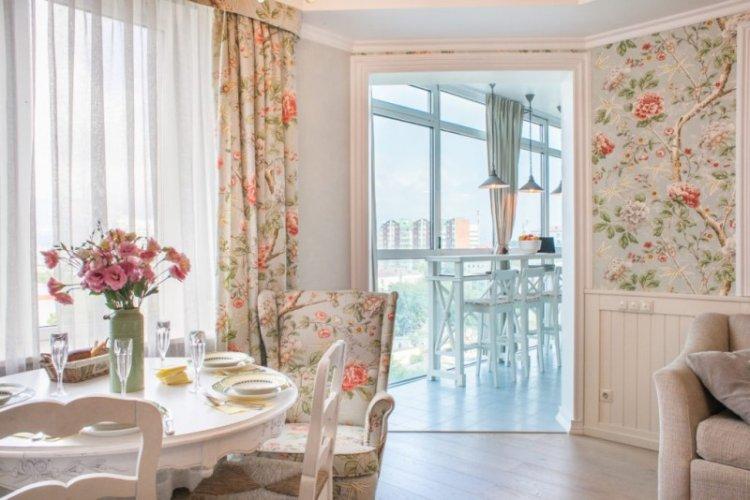
Combining Different Types of Curtains
You can create whole decorative compositions from different types of curtains. This includes the classic combination of lightweight tulle with heavy drapes, as well as several different types of curtains made from the same fabric in different areas of the room. There are also functional duets, such as blackout Roman shades at night with light French organza curtains during the day.
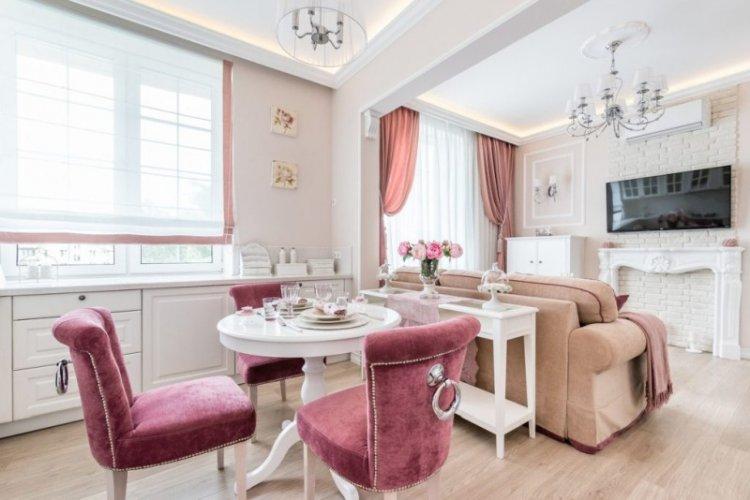
Curtain Decor
Provence allows you to decorate your favorite curtains with absolutely anything your heart desires. So, if you’re tired of monotonous minimalism, it’s time to remember about folds, draping, and ruffles. Use fringe at the bottom, ties for holding them back, and a neat valance or wide ribbon at the top. Even functional hardware in Provence can be a real decoration, if you replace ordinary rings or clips with weathered bronze.
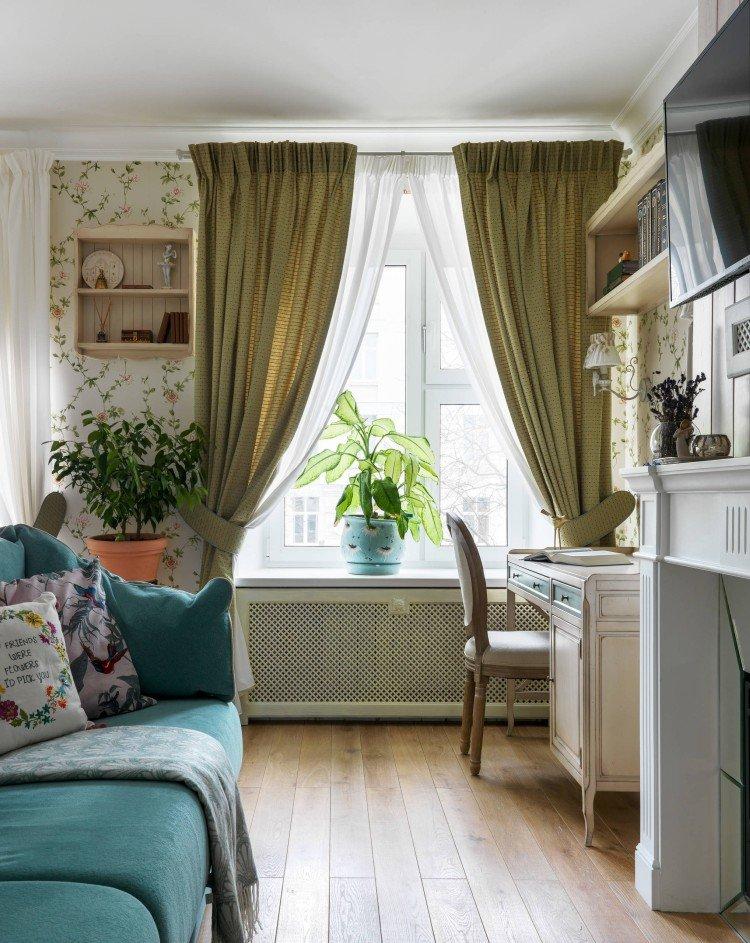
Provence-Style Curtains in Interior Design – Photos
Provence is a very versatile style that works well in bedrooms, living rooms, and bathrooms alike. Therefore, curtains should be chosen for different purposes. Look and get inspired!
Provence-Style Curtains for the Kitchen
Safety and functionality are paramount here, so avoid overly bulky or voluminous designs in the working area. Roman shades or café curtains will fit perfectly here, but not airy tulle that flutters at the slightest breeze. Choose synthetic or blended fabrics – they are more resistant to odors, grease, and stains.
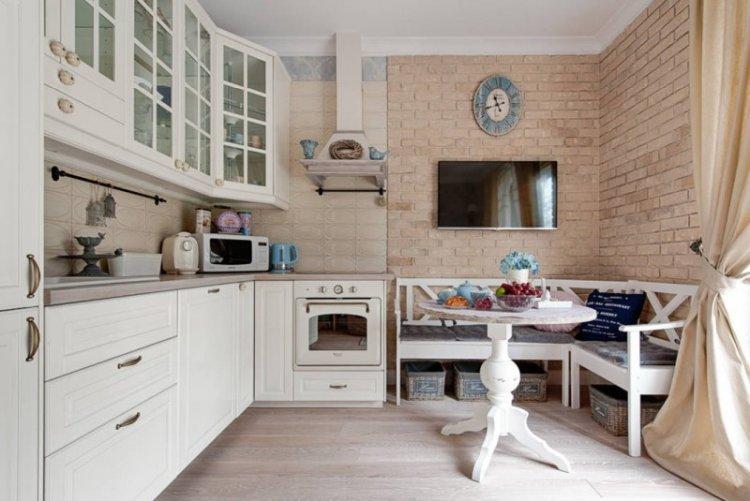
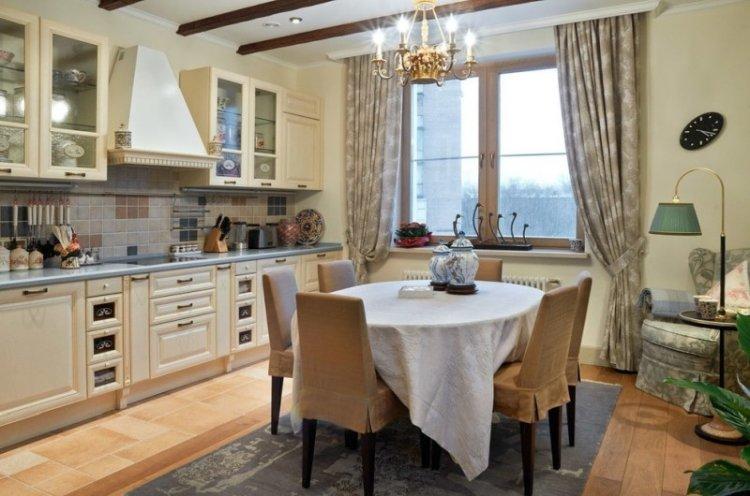

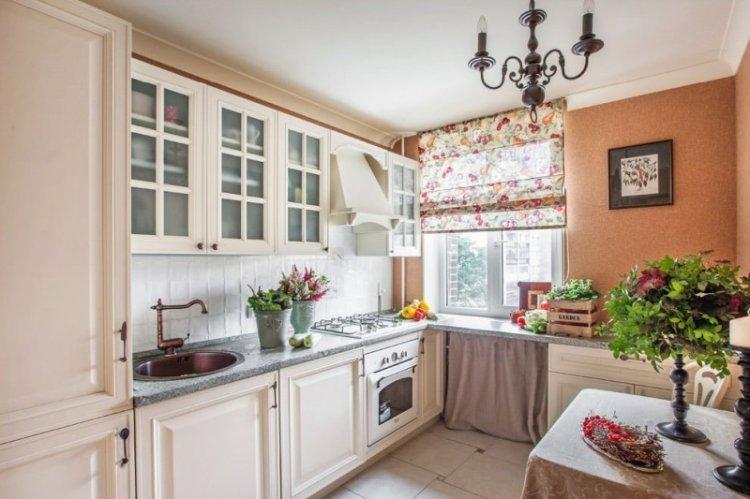
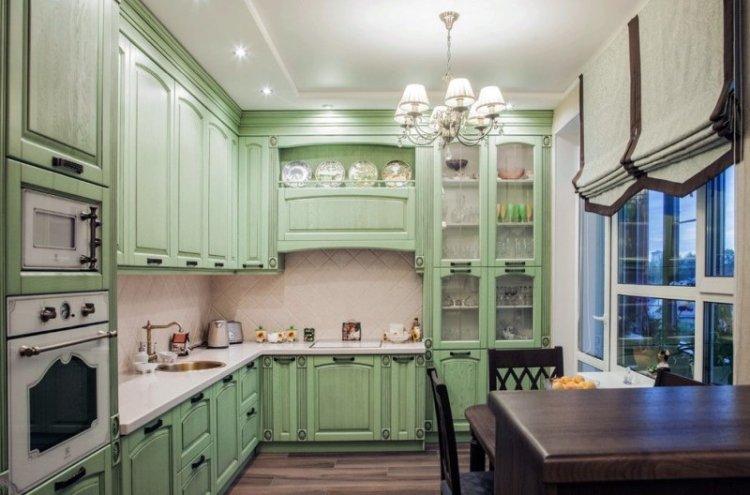
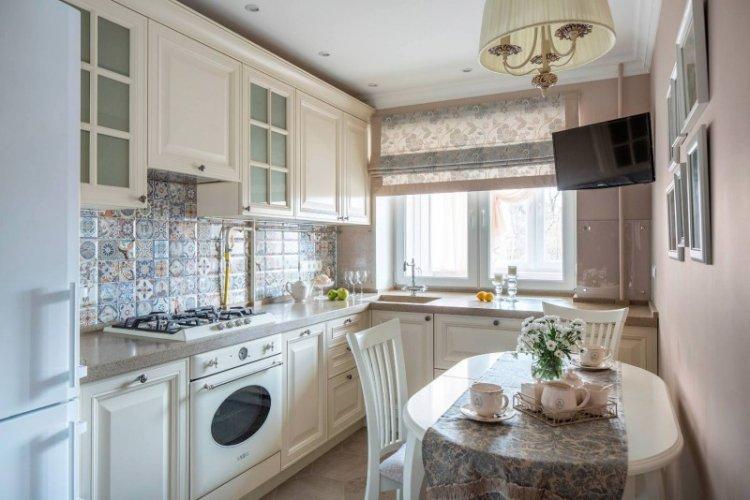
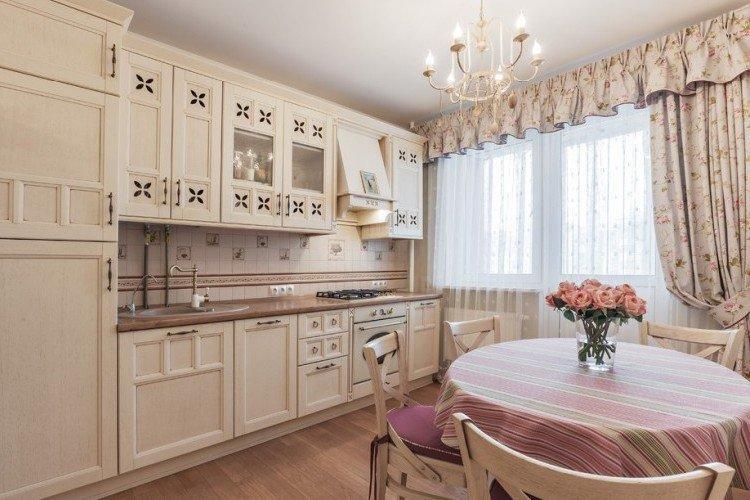
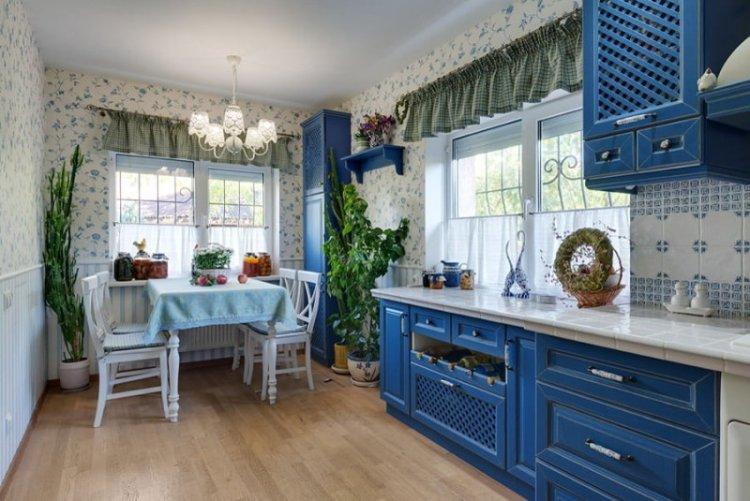
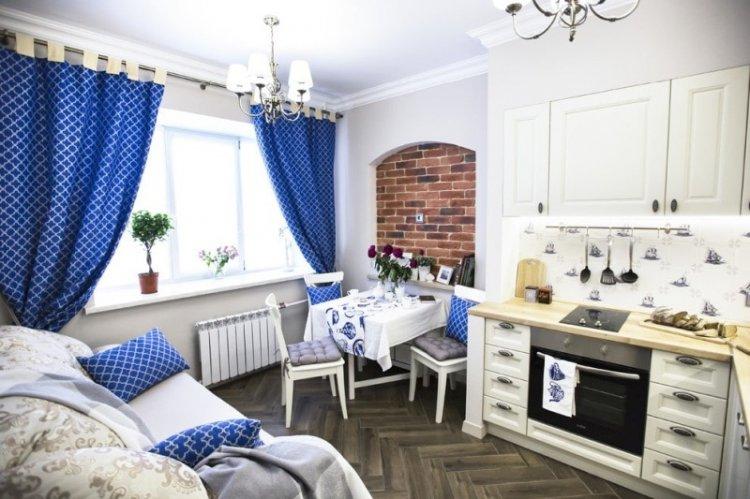
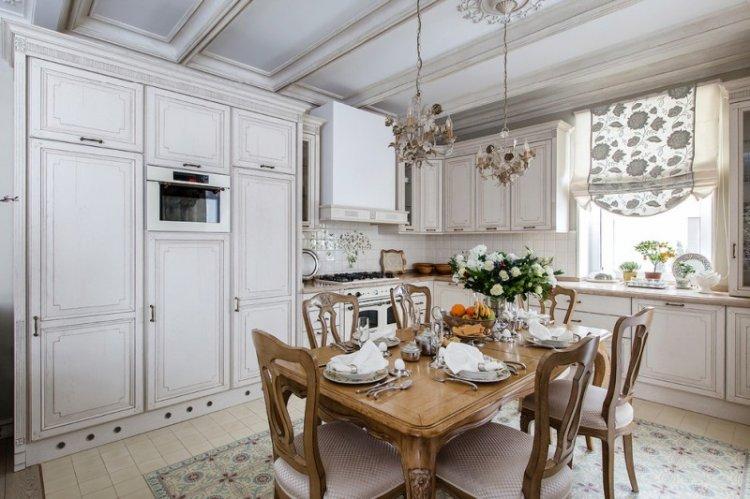
Provence-Style Curtains for the Living Room
There are few places where imagination can unfold as much as in the living room. The most complex compositions with classic drapes, swags, and French curtains are appropriate here. Boldly hang valances, fringe, bows, tiebacks, and other decorations.
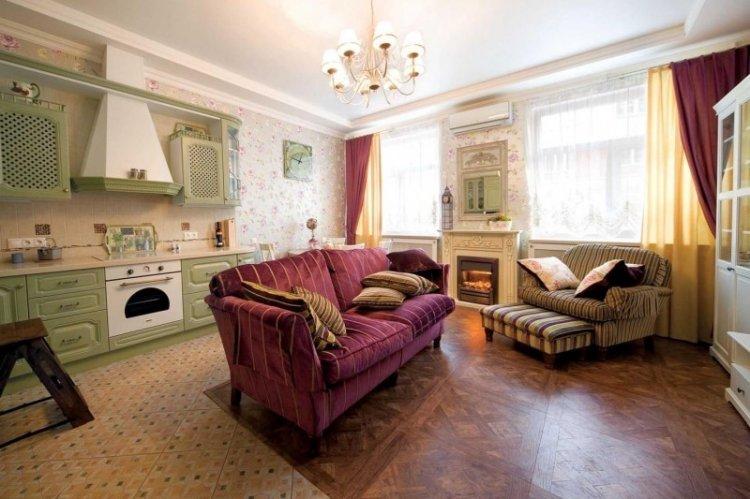
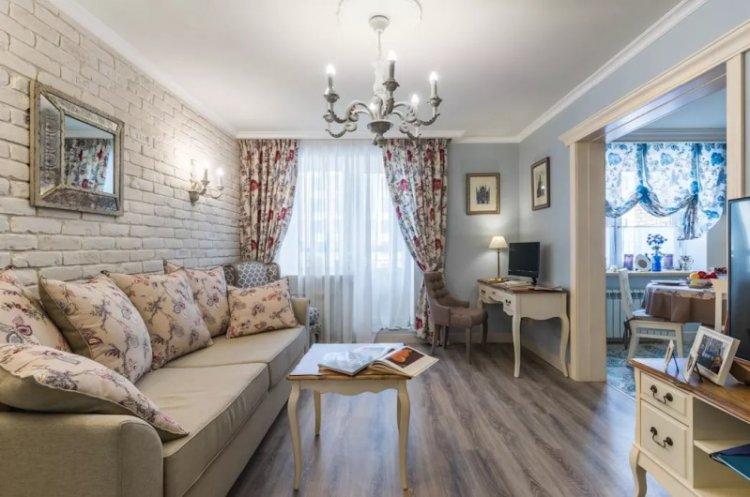
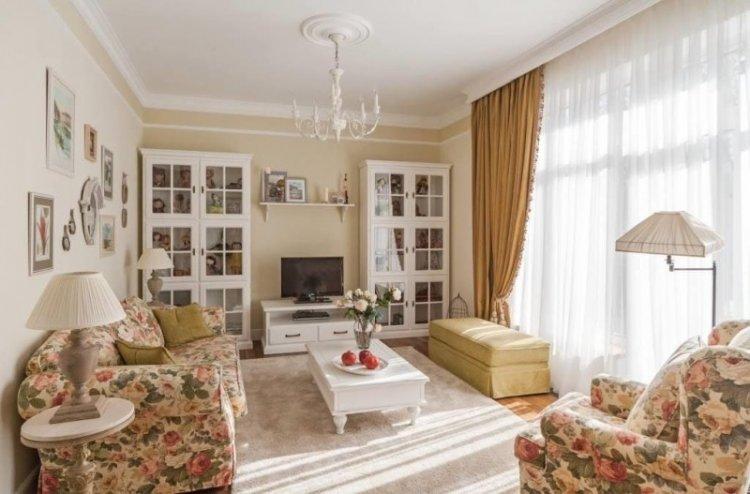
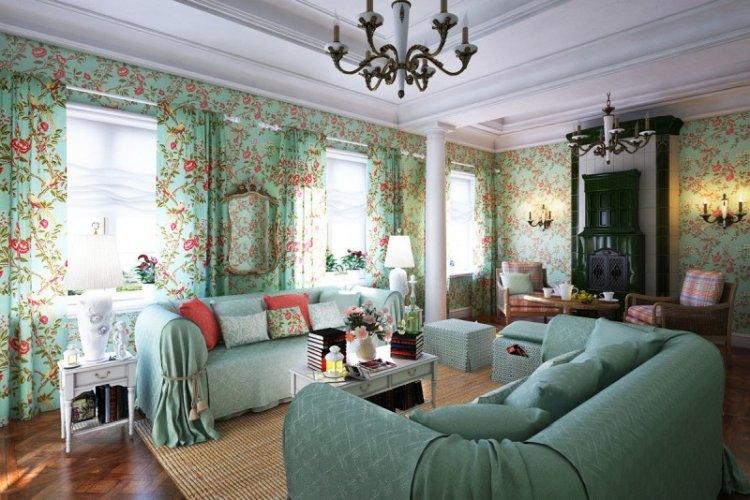
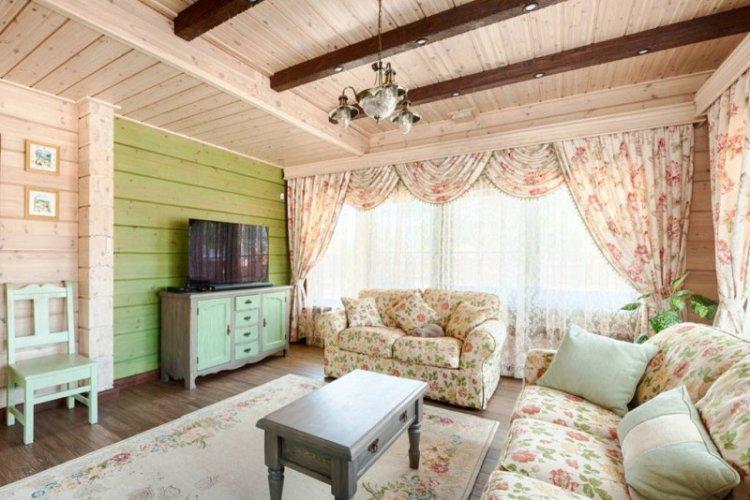
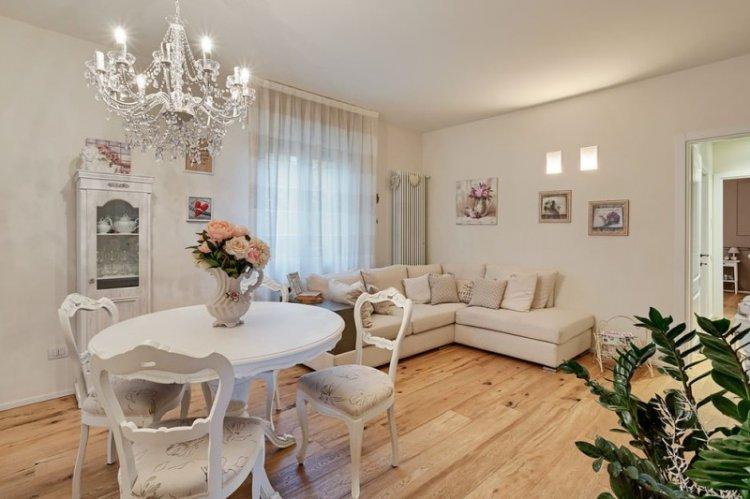
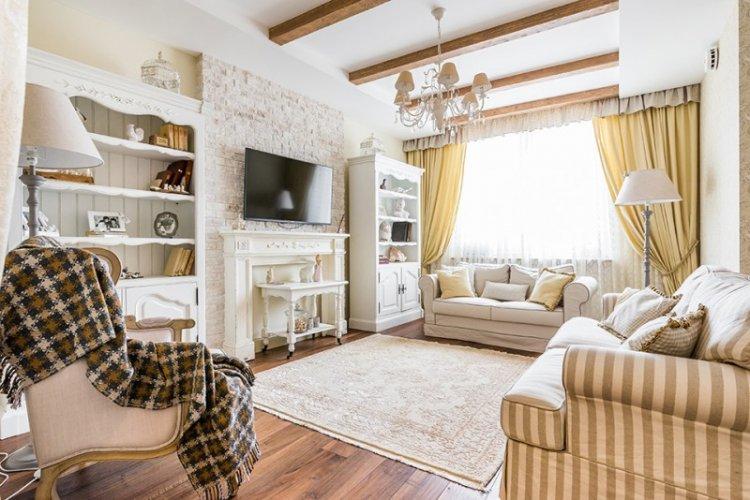
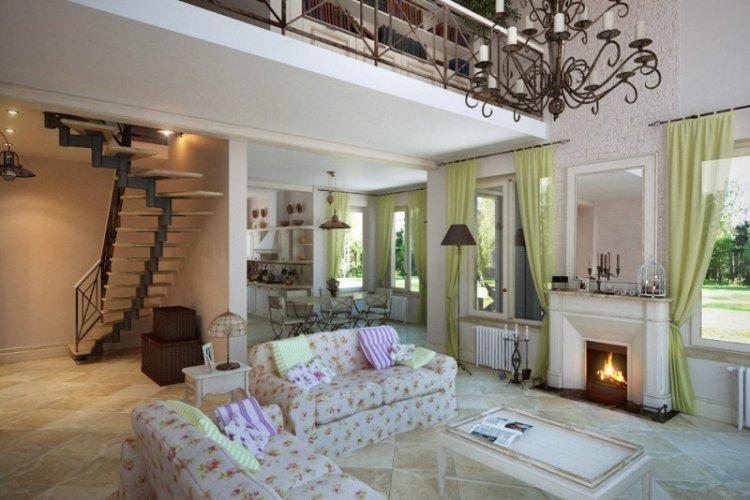
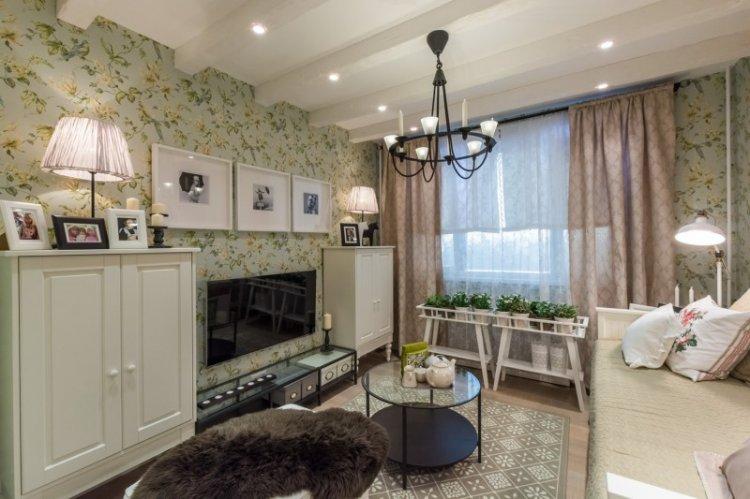
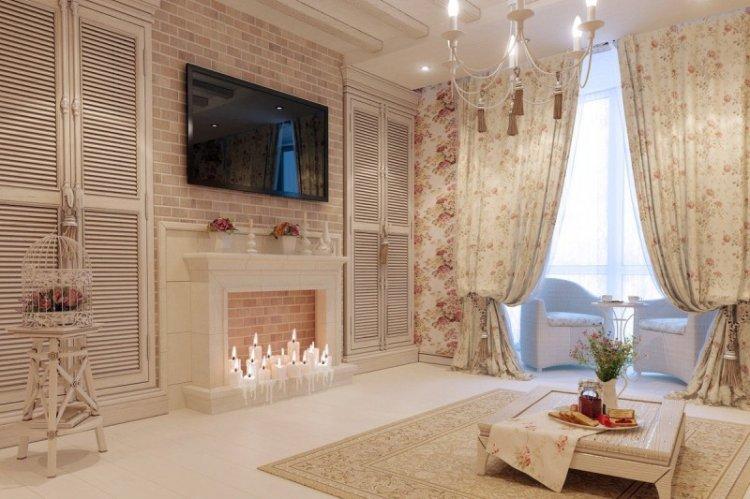
Provence-Style Curtains for the Bedroom
Creating ideal conditions for healthy sleep is the main task when designing a bedroom for a modern lifestyle. Choose environmentally friendly natural materials and a dense lining, or even blackout curtains. Roman and Italian shades are appropriate here, as well as any other models that allow you to completely isolate yourself from the outside world.


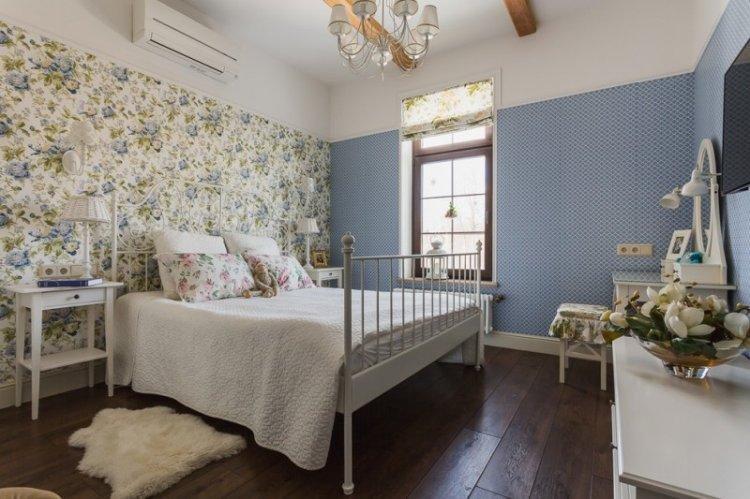
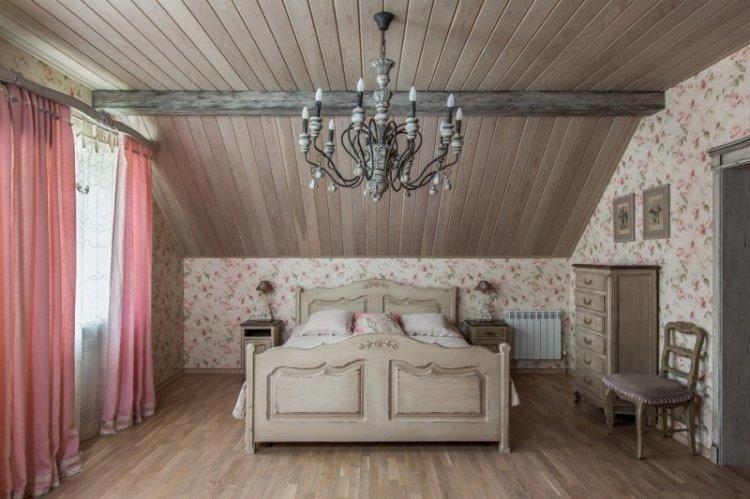
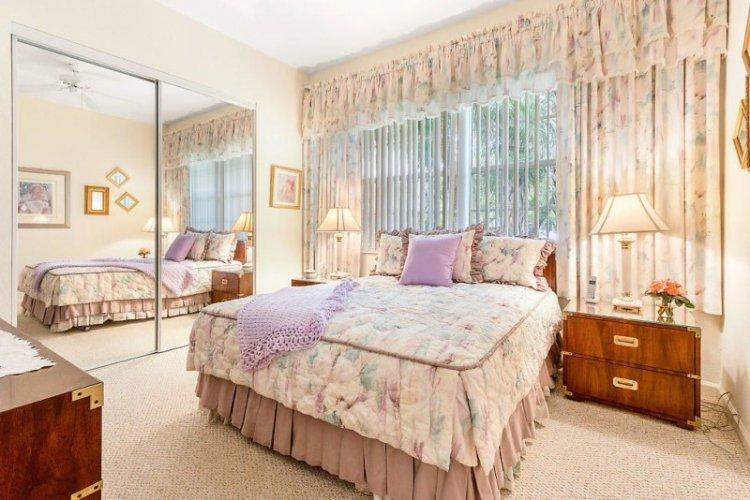
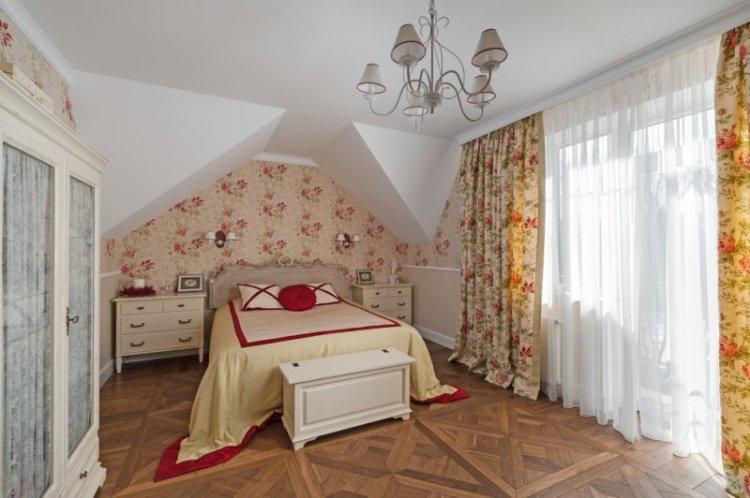

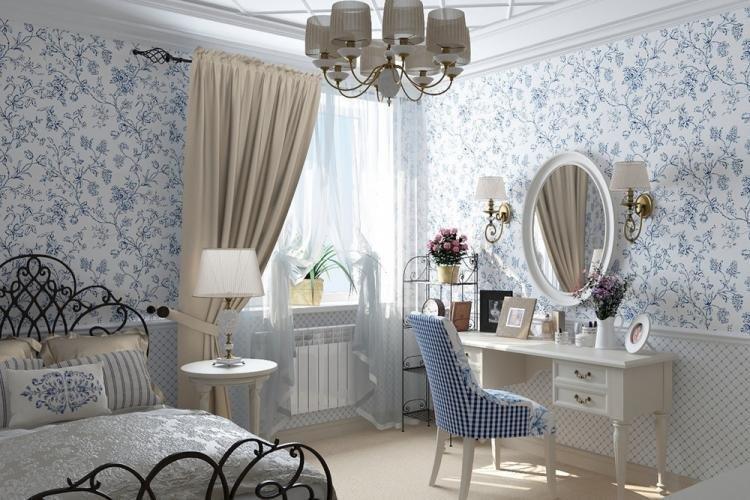

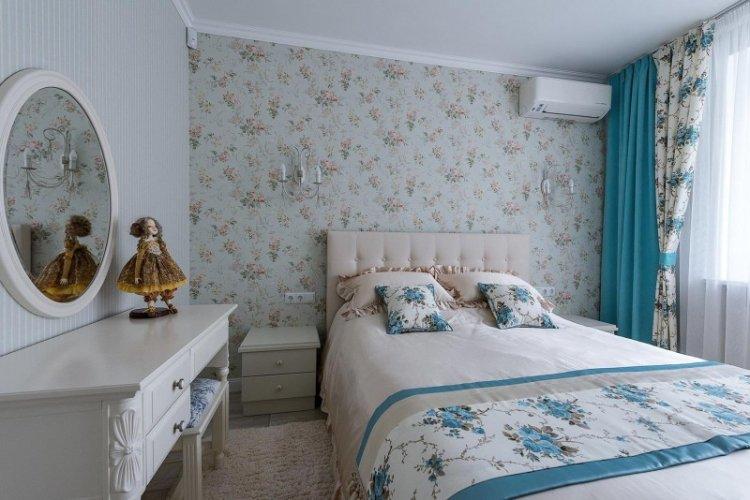
Provence-Style Curtains for the Children’s Room
Do not overuse decorations and potentially dangerous elements on the window in the children’s room. Make sure the child cannot climb up the curtains or accidentally knock over the curtain rod. Pay attention to all roller models, French or Austrian curtains, and others that can be fully rolled up.
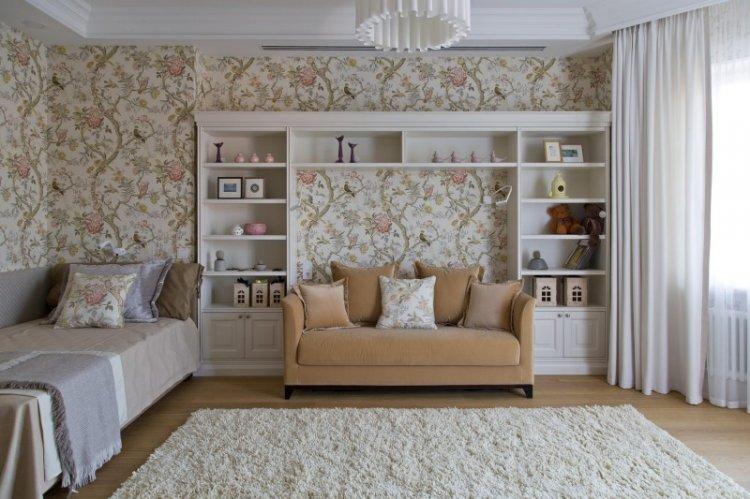
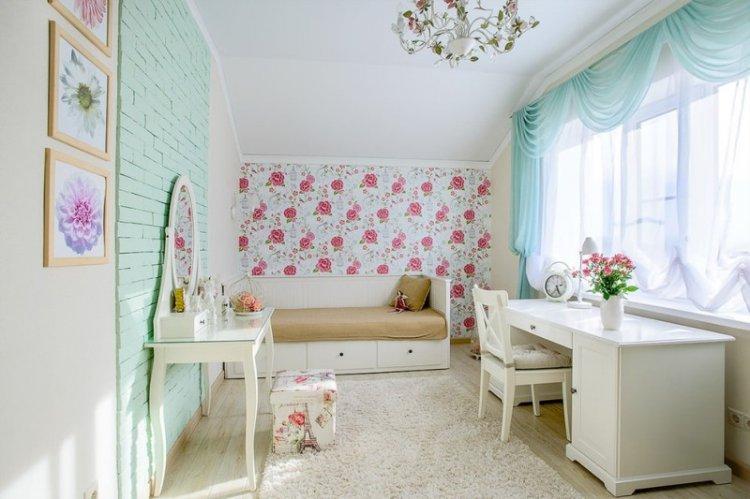
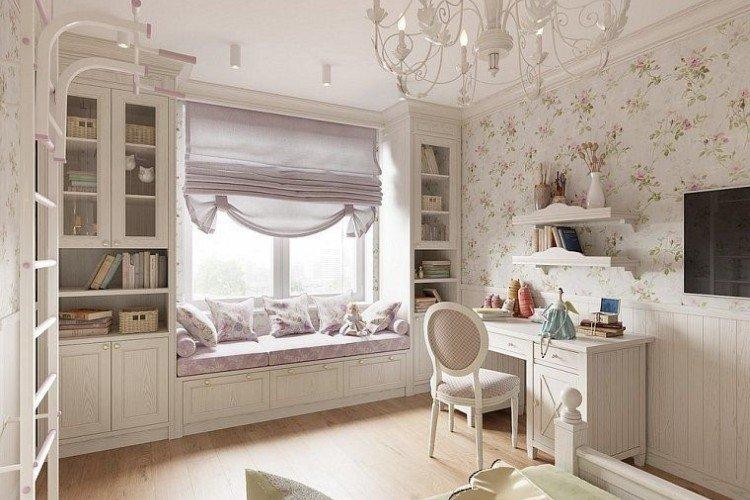
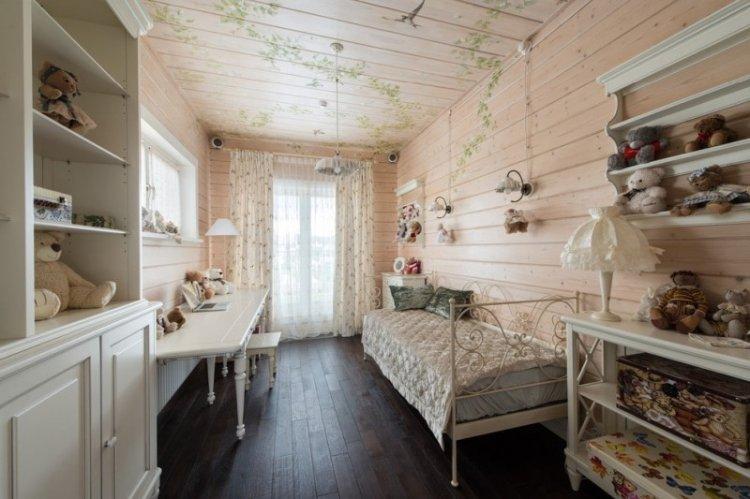
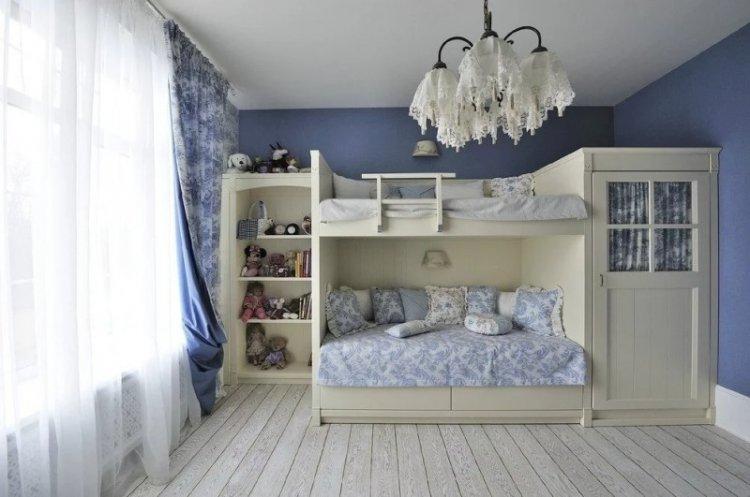

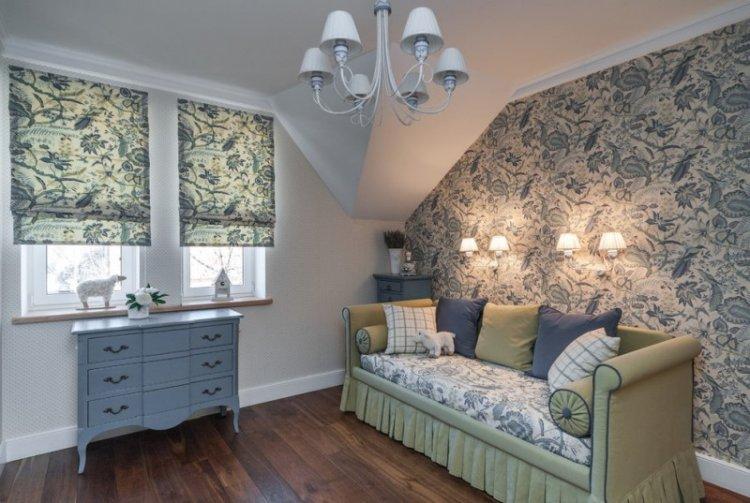
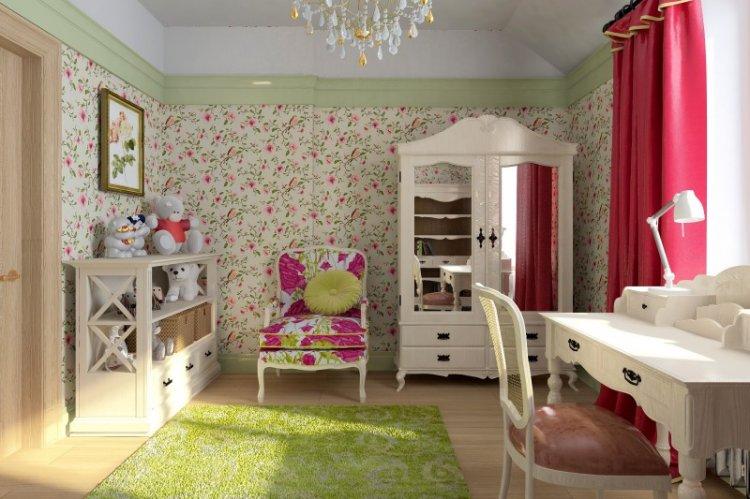
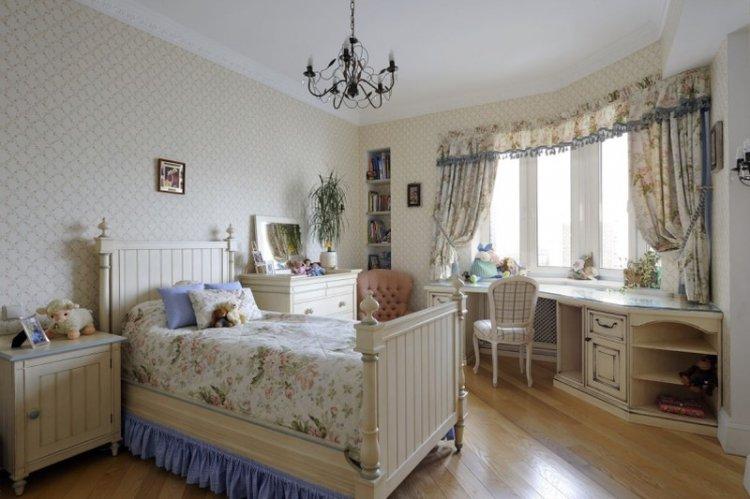
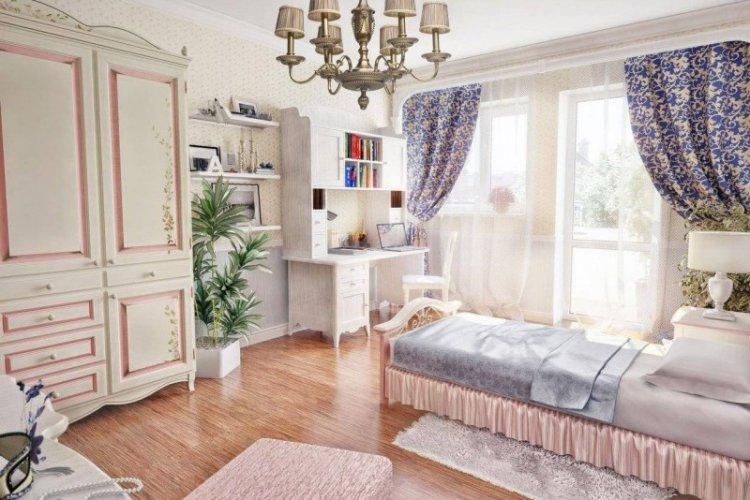
Provence-Style Curtains for the Bathroom
If you are lucky enough to have a window in the bathroom, choose curtains that match the rest of the textiles. Maintain a consistent color scheme, repeating patterns, and other motifs. Do not use overly bulky or dense fabrics, as they will always be damp and attract dust.
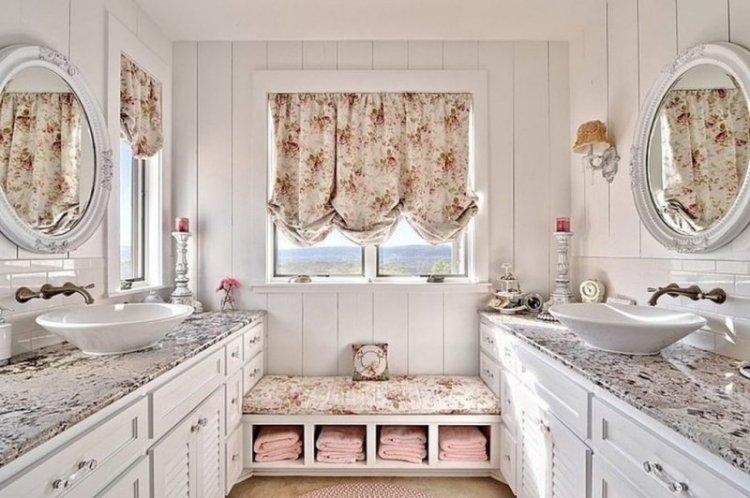
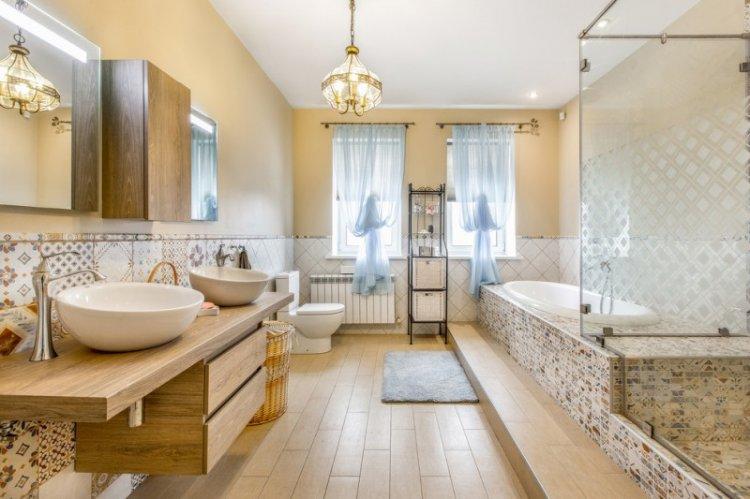
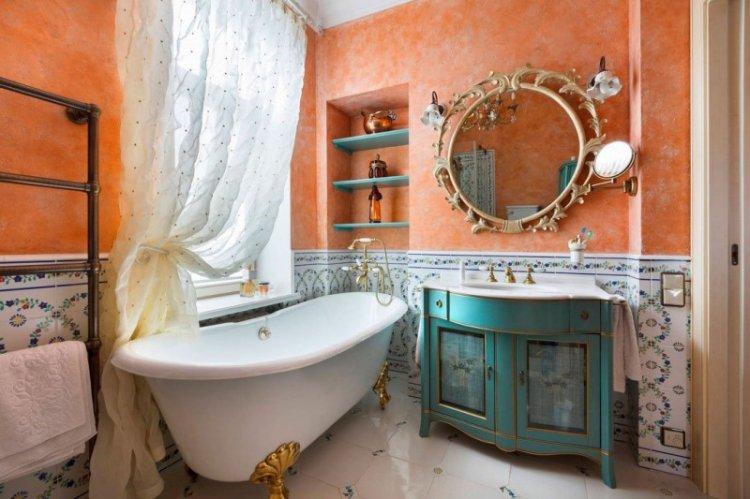
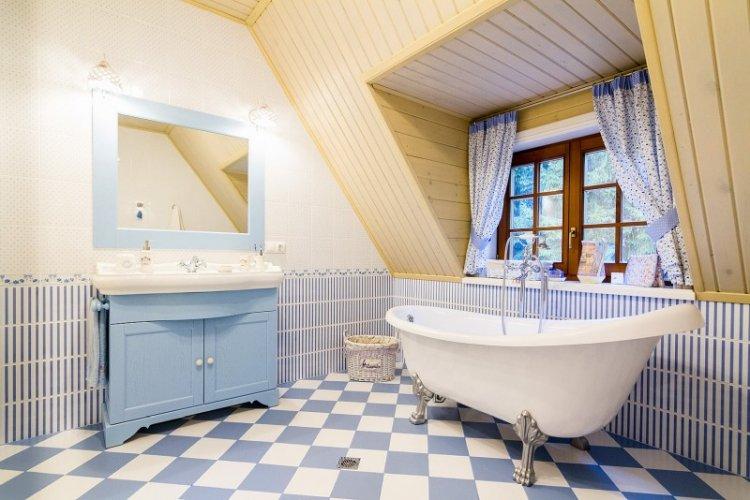
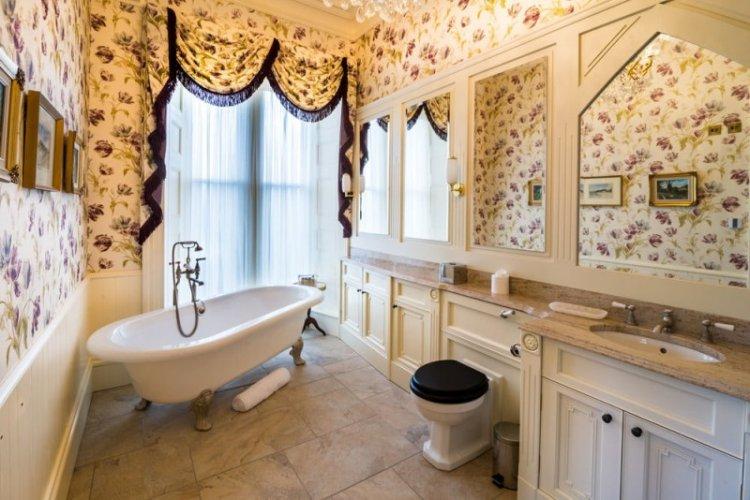
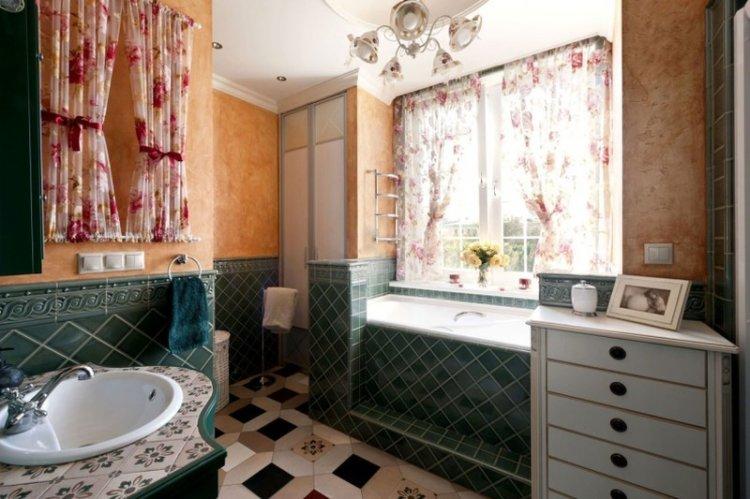
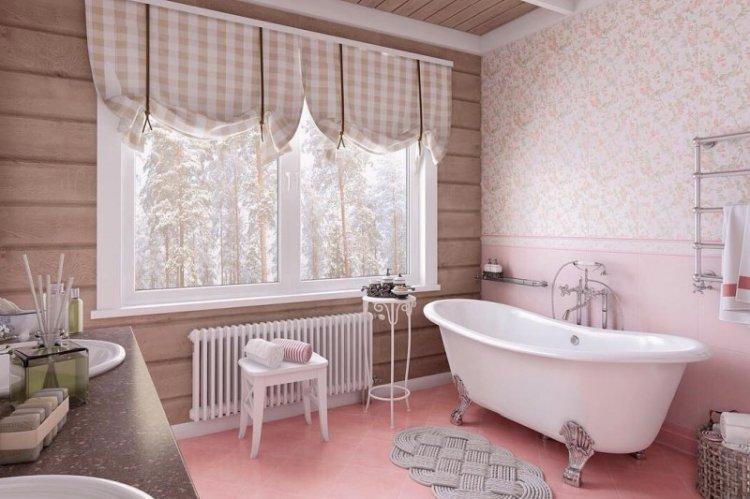
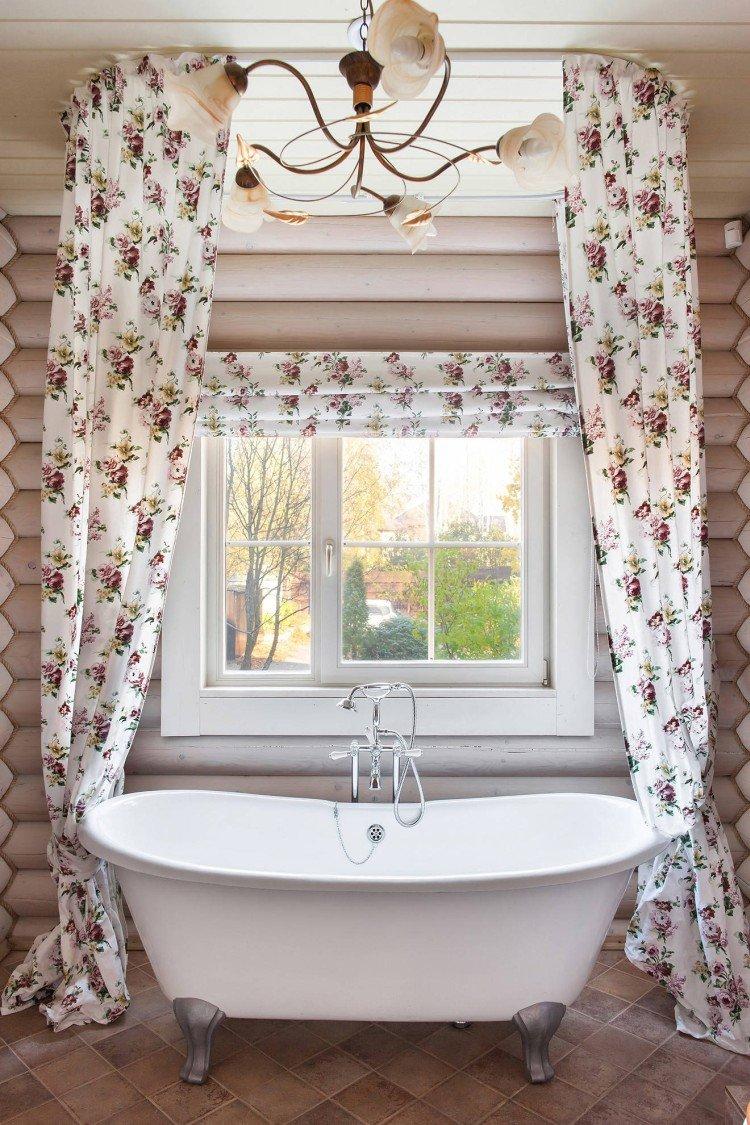
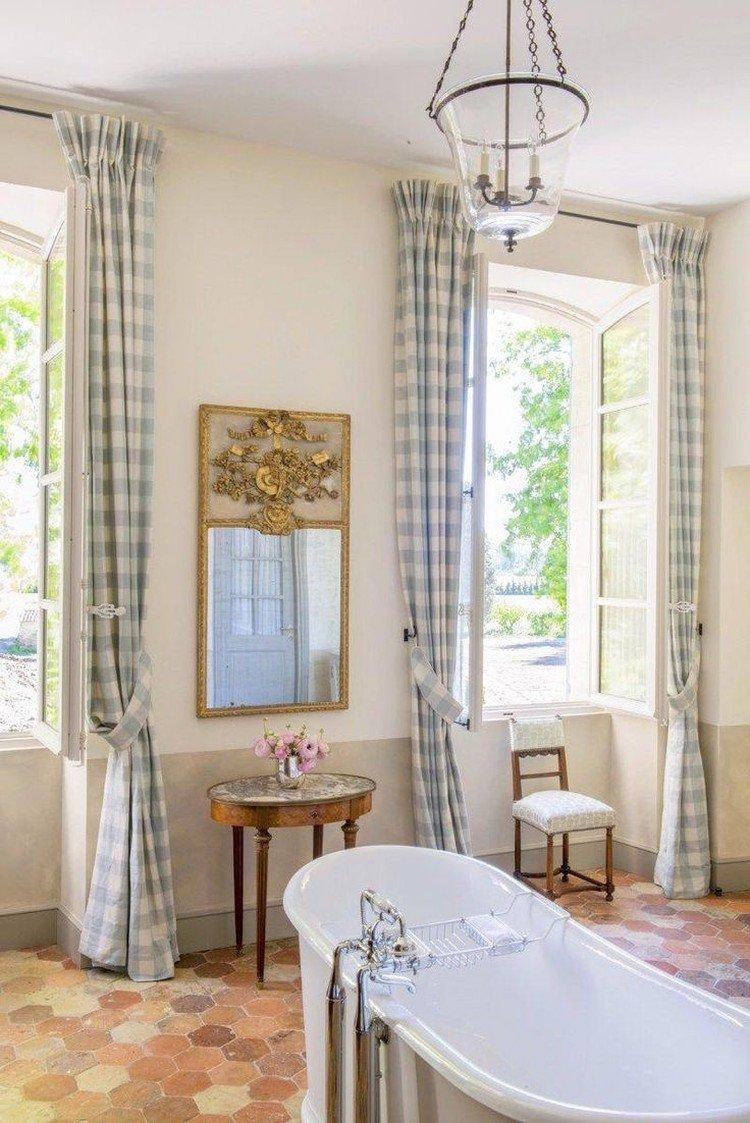
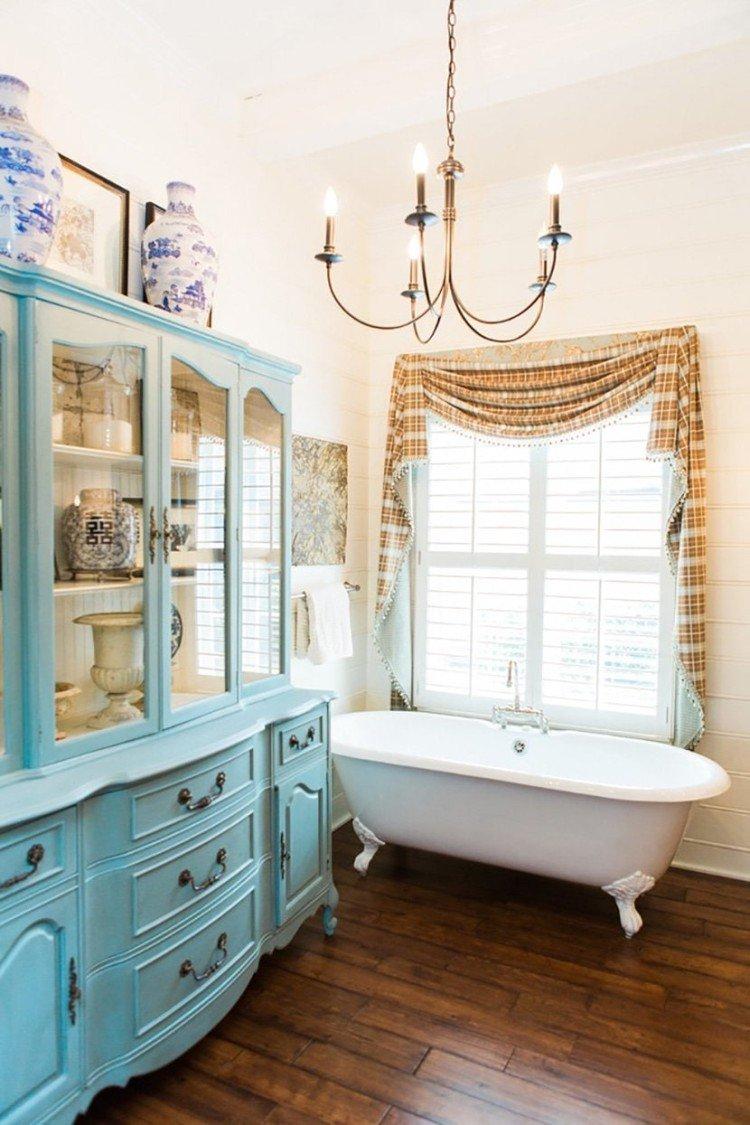
Provence-Style Curtains for the Balcony or Loggia
On wide windows, you can create any interesting compositions. However, it is important to maintain a balance so that the curtains are not too bulky just because of the amount of fabric. Choose materials that breathe and do not fade in the sun – then you can easily ventilate even on hot summer days.
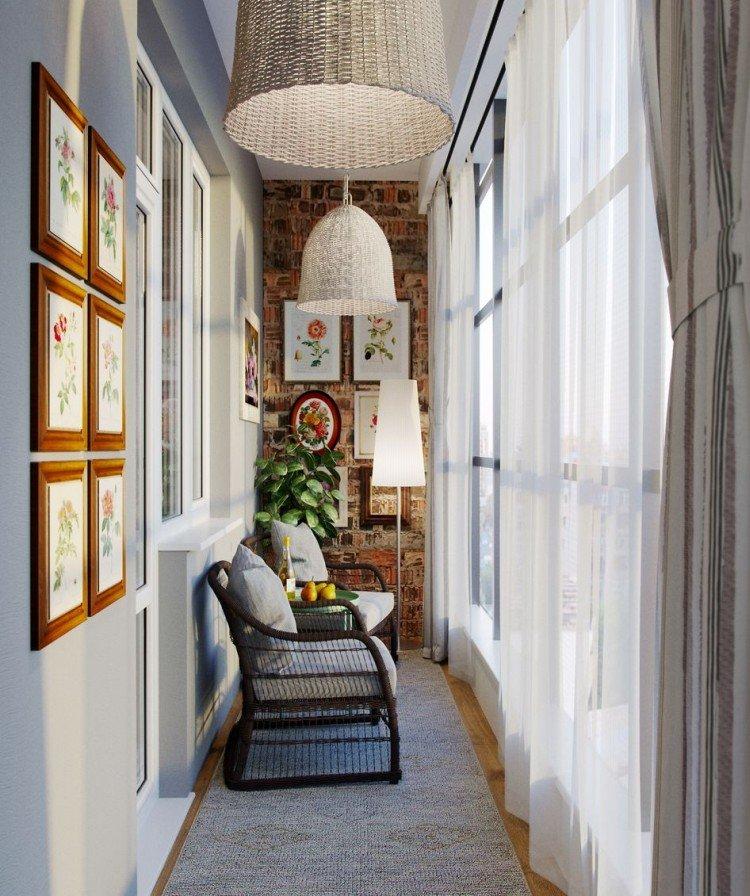
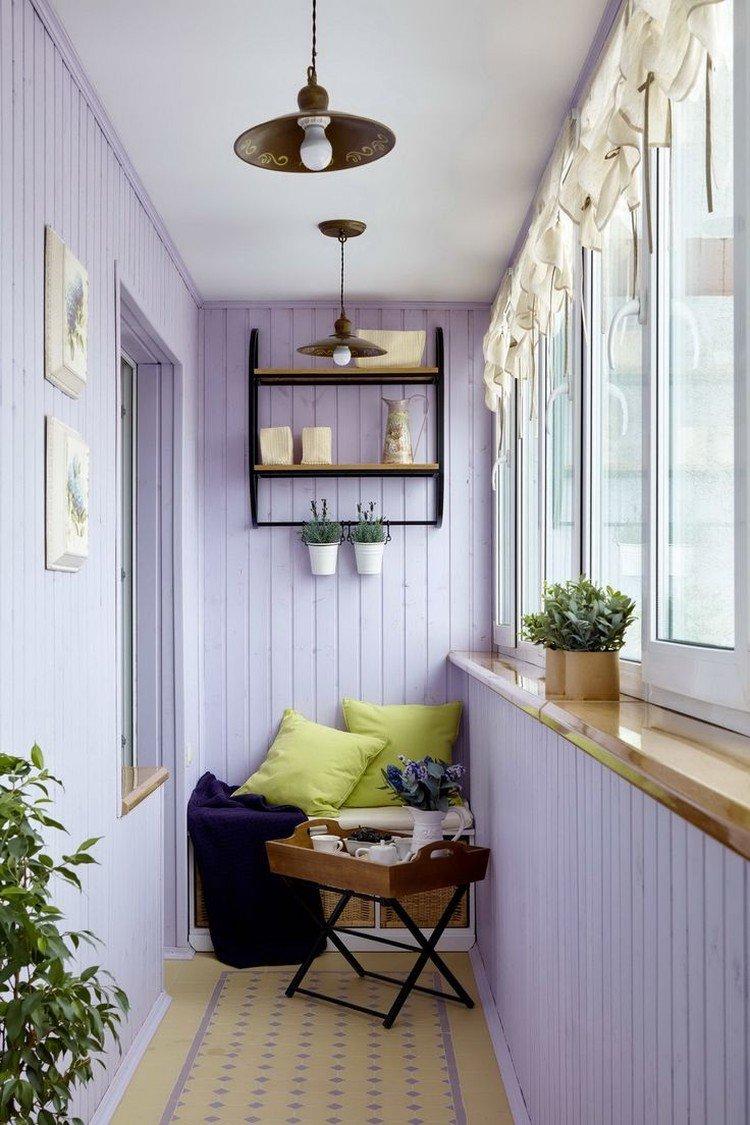
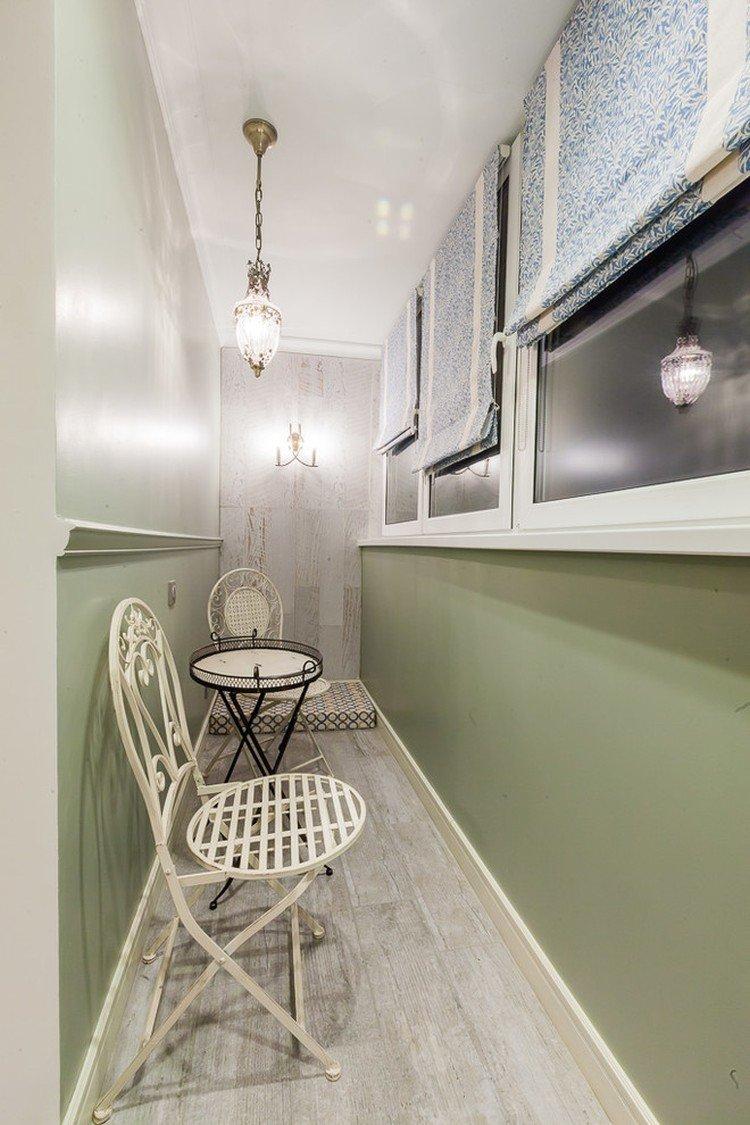

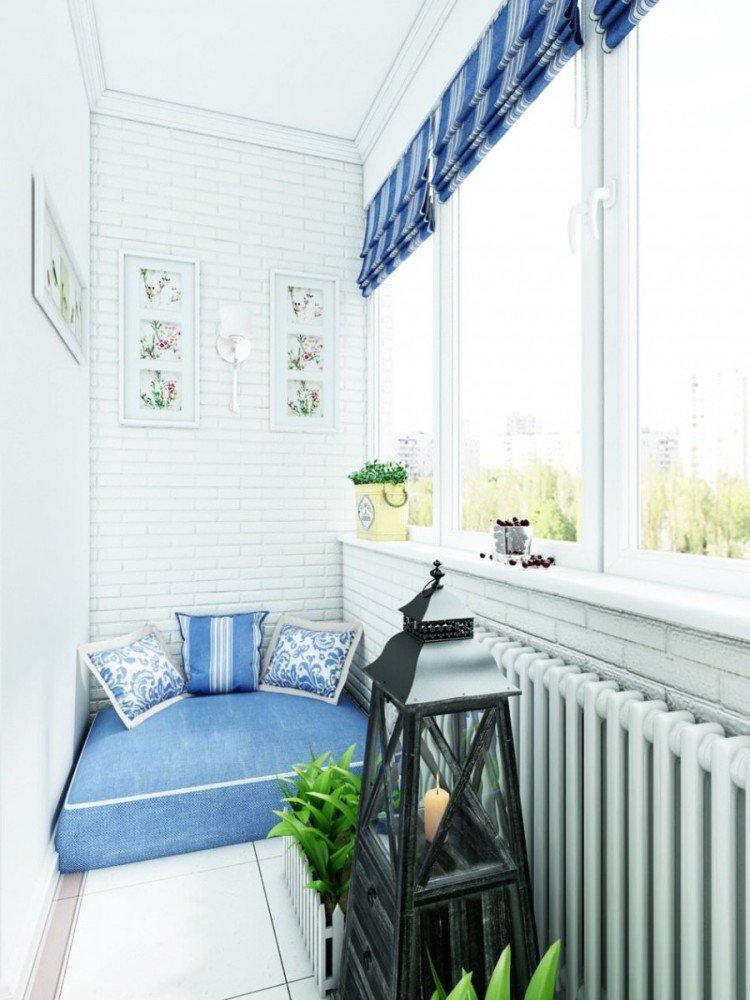
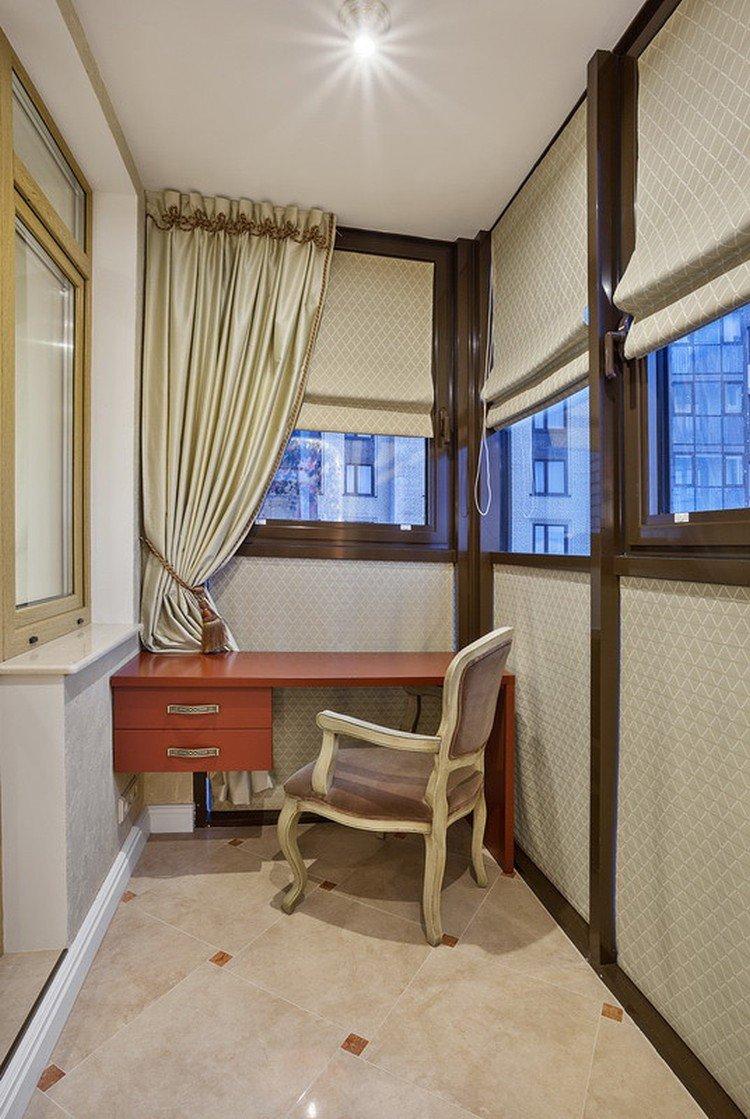
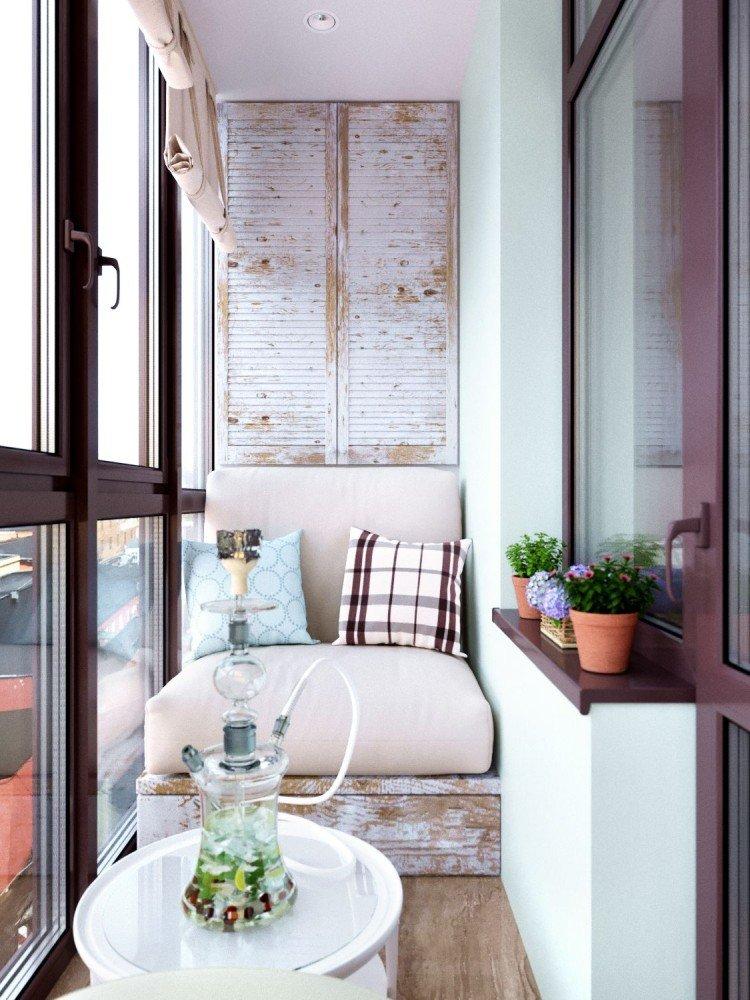
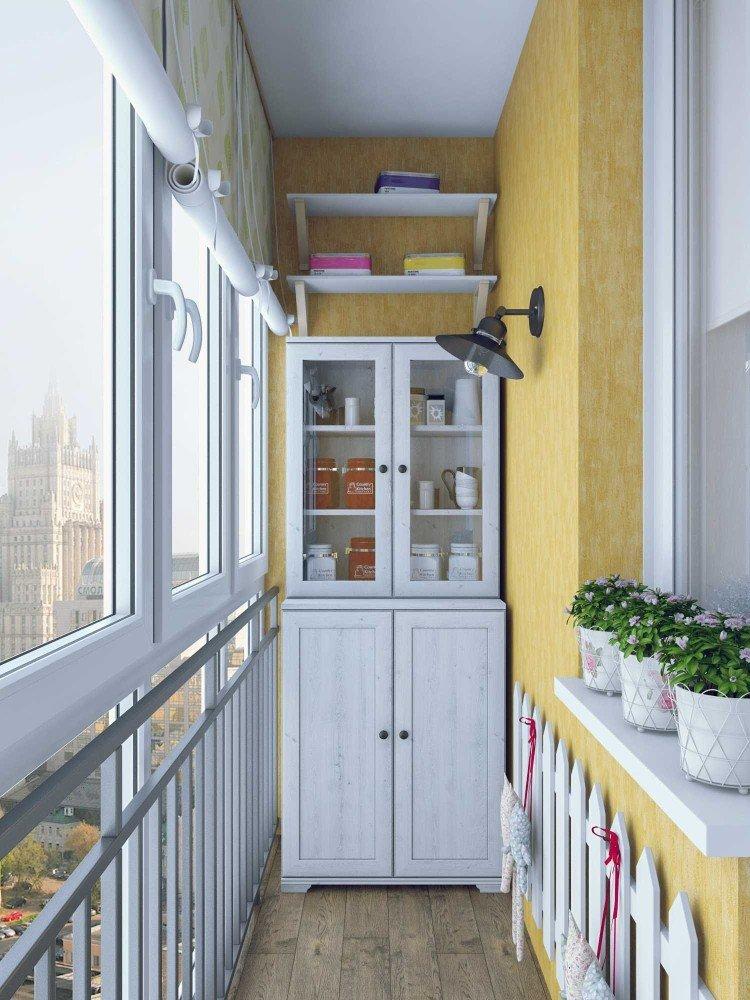
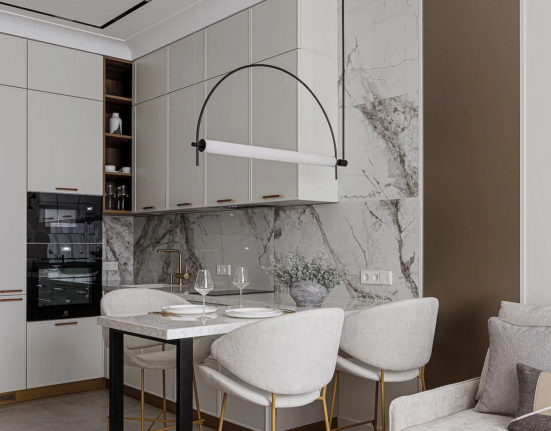
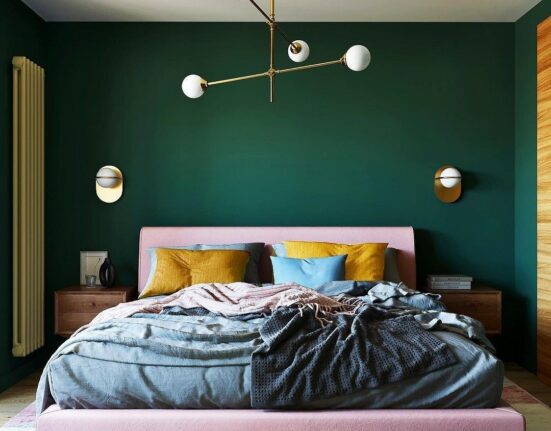
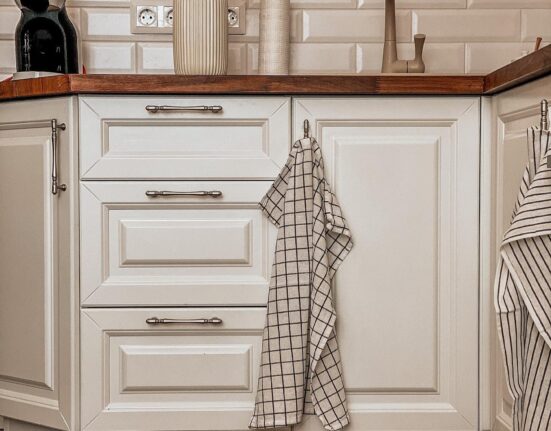
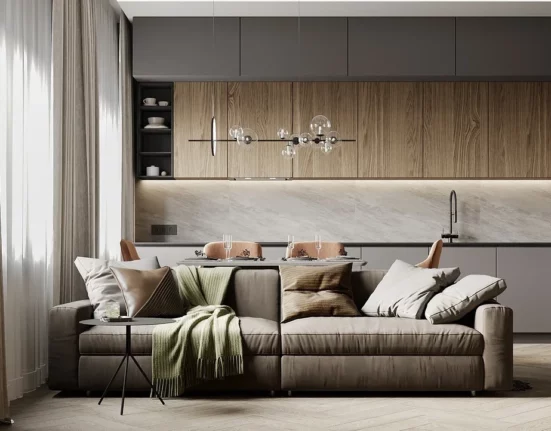
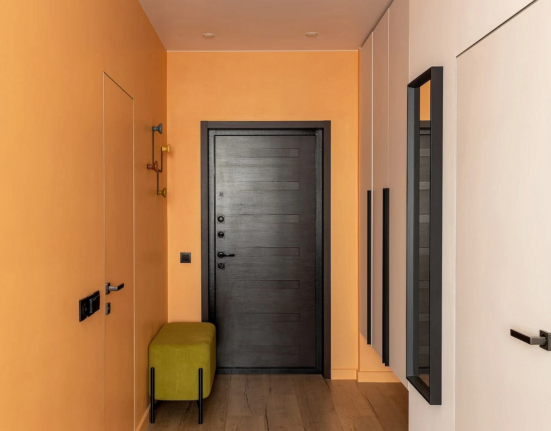
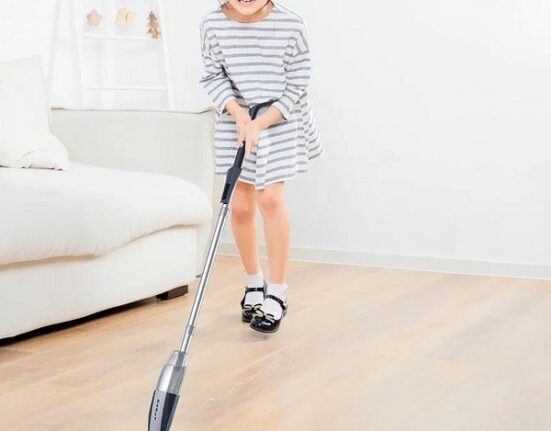
Leave feedback about this